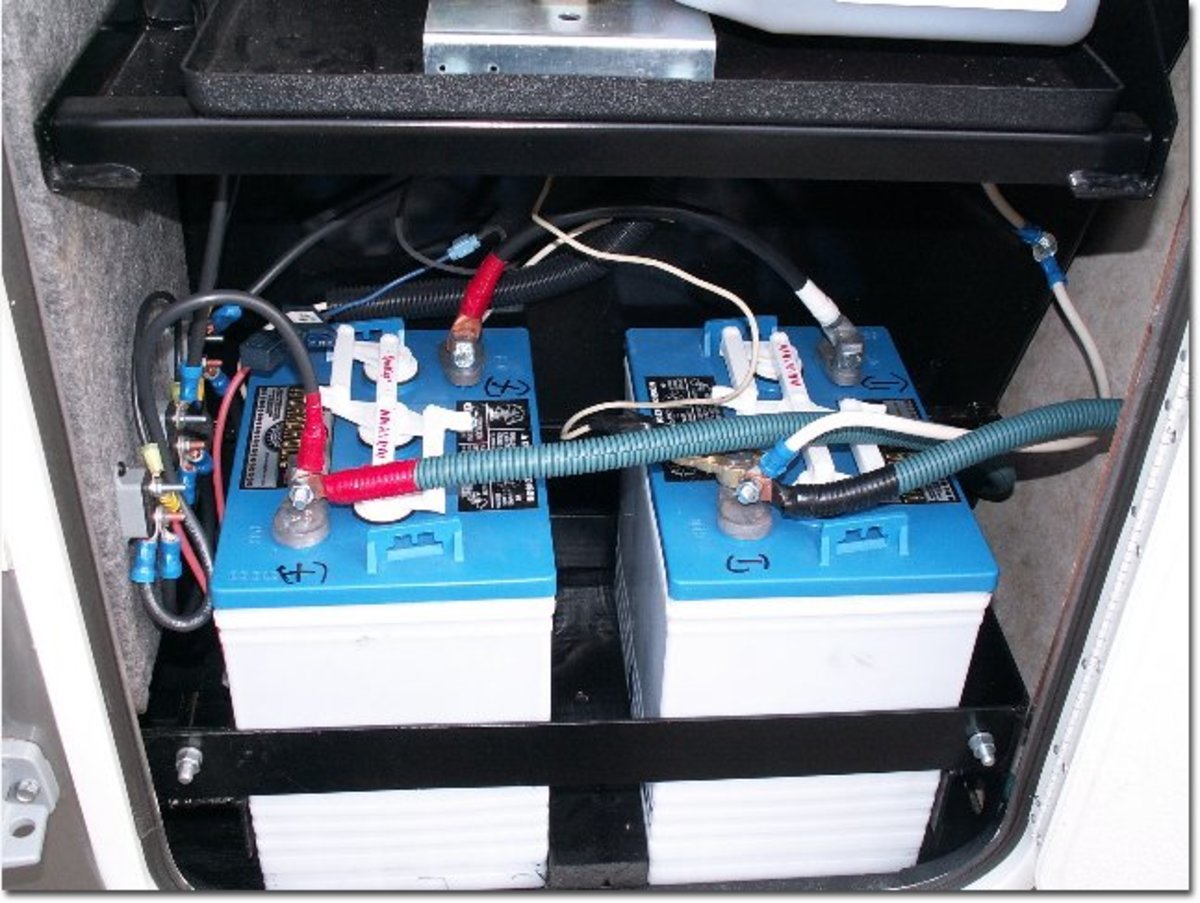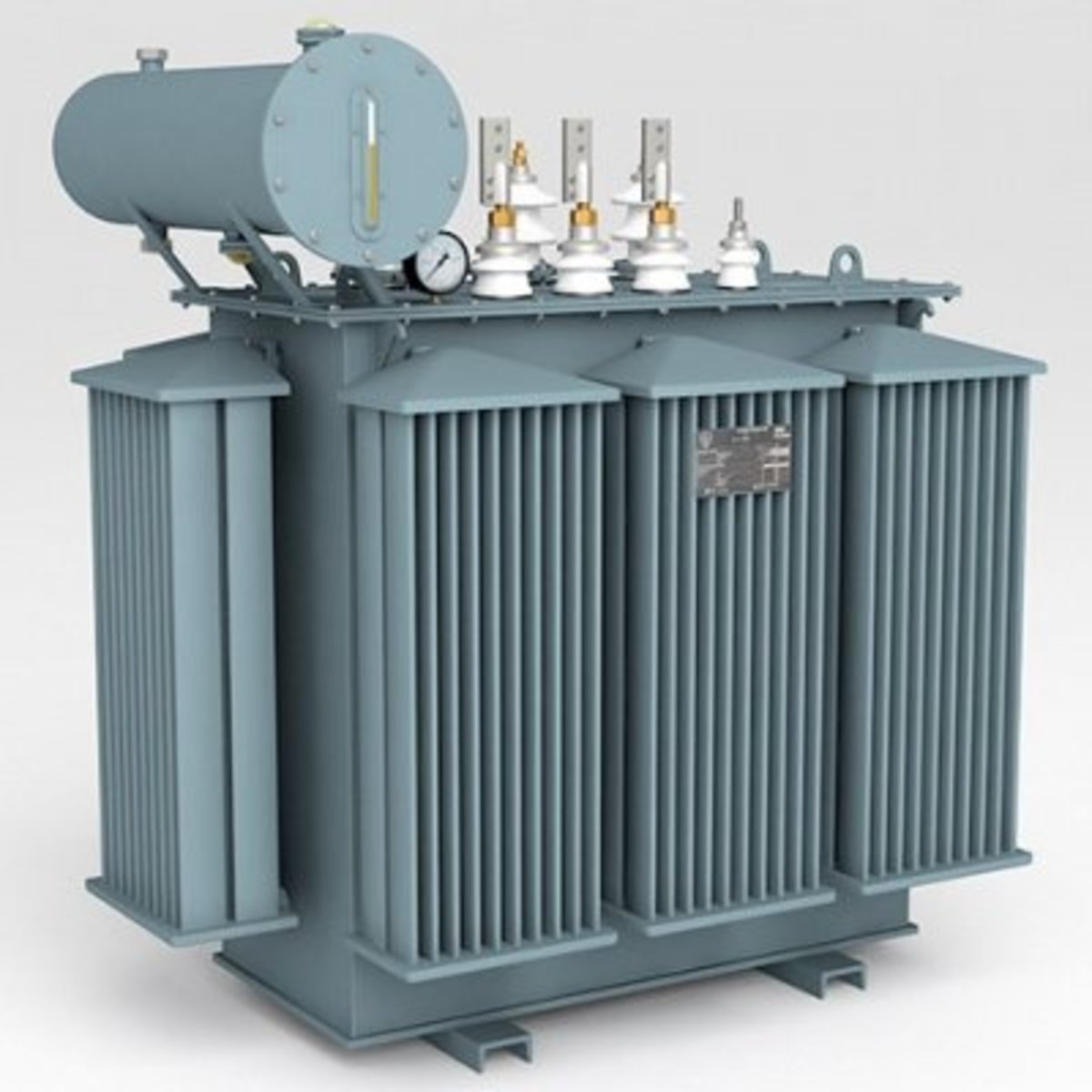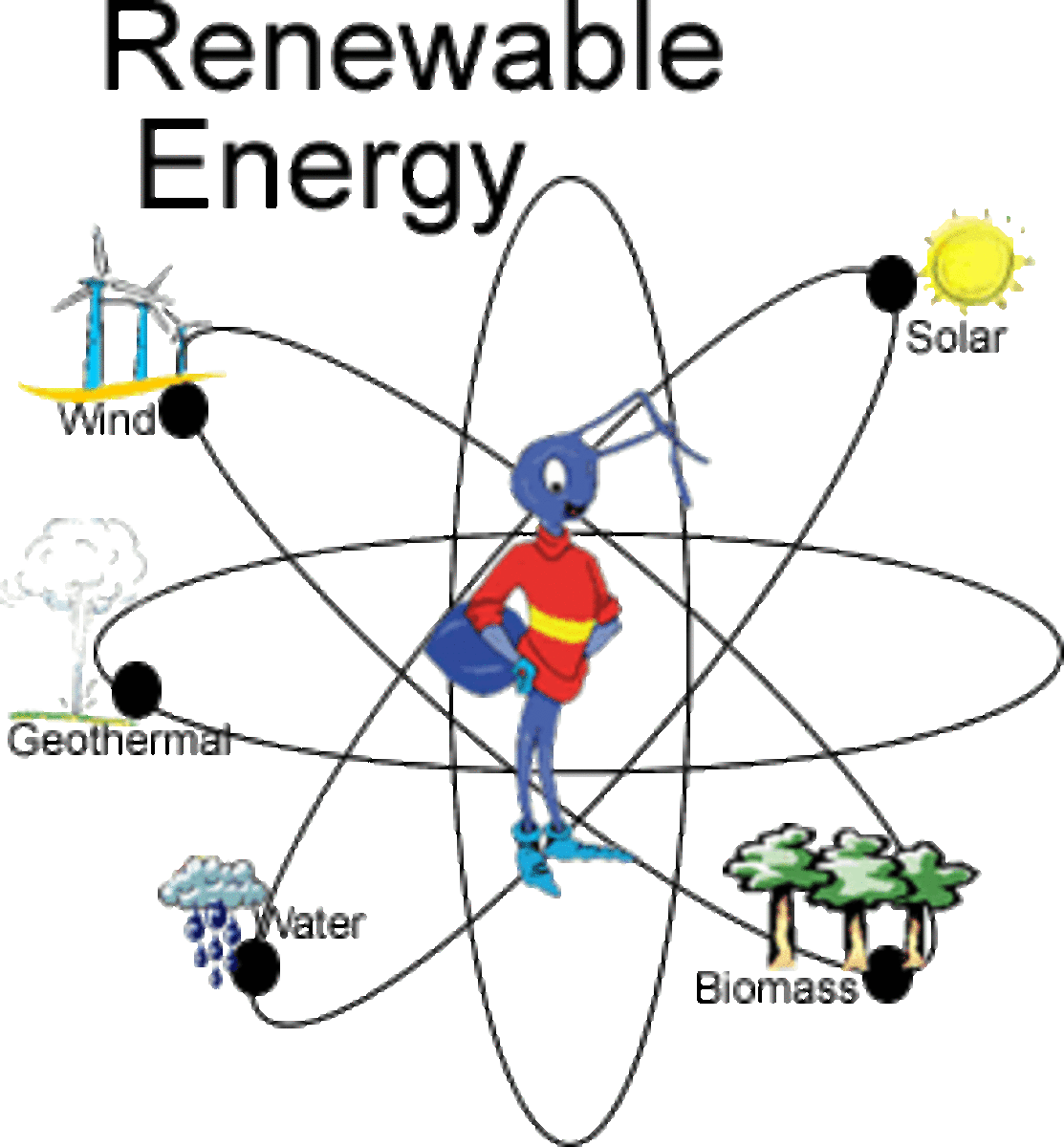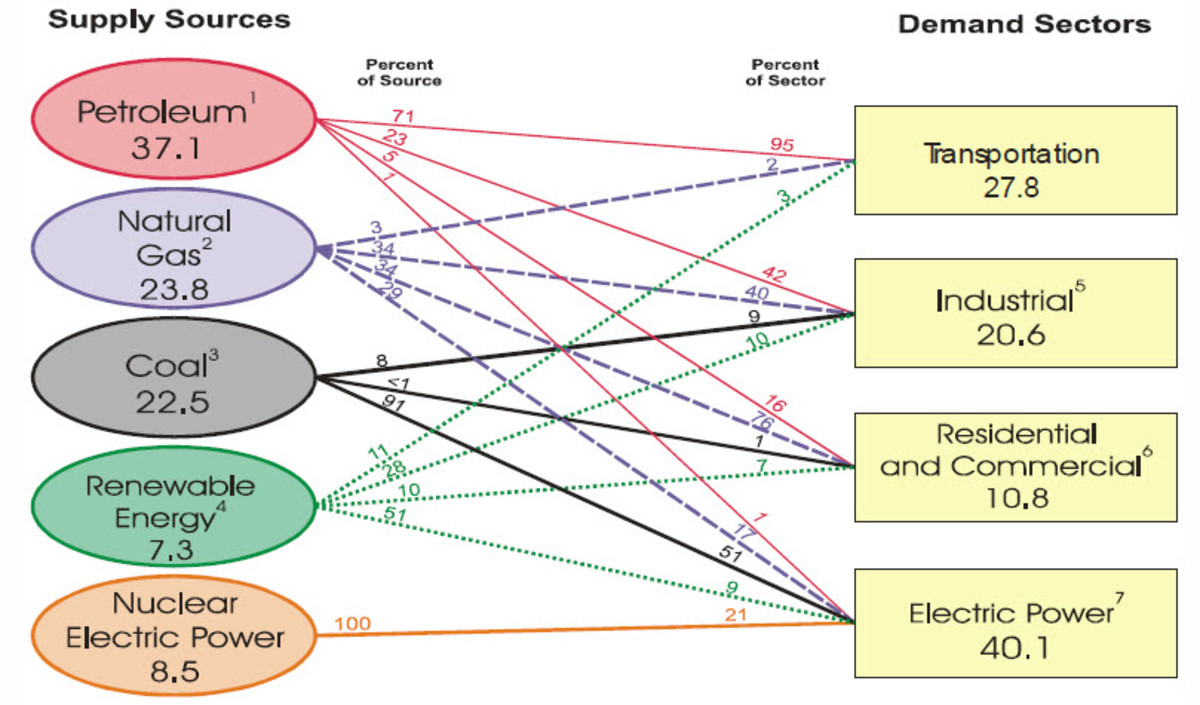Practical aspects of electric power utilization
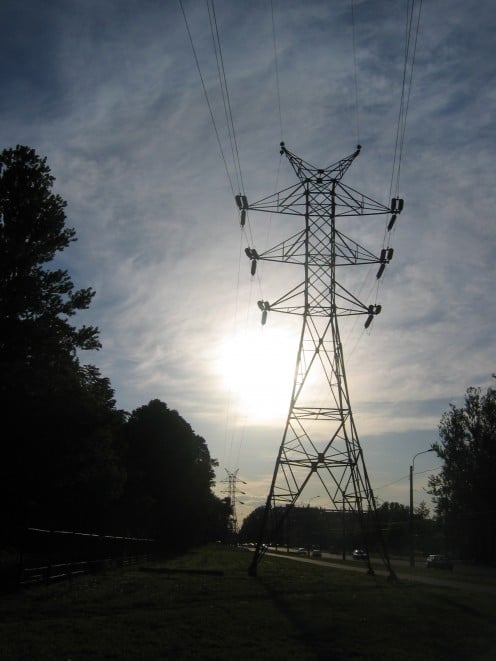
Session No 3
Practical aspects of electric power utilization
Contents
3.1 Power Factor
3.1.1 Causes of Low Power Factor.
3.1.2 Power Factor Improvement
3.1.3 Methods of Improving Power Factor.
3.2 Electrical Installation Work
Aim
The aim of this lesson is to teach you some practical consideration in the utilization of electric energy.
Specific Objectives
At the end of this lesson you will be able to,
1. State two common causes of low power factor.
2. State the advantages of power factor improvement for the supply authority and for the consumer.
3. Calculating the rating of capacitors required for a given improvement in power factor.
4. Explain the significance of bar chart and bills of quantities in electrical installation work.
Introduction
In this lesson, we will be talking about power factor correction in detail - the principle underlying the methods available for improvement of power factor and the various problems encountered in implementing these methods. You will understand why it is important to keep the power factor as high as possible and the disadvantages of low power factor - for the consumer as well as the supply authority. Selected examples will further illustrate this point.
Next, we will be discussing about electrical installations. Under this, we will be studying about estimation of installation work and how to set about preparing the bill of quantities (BOQ). We will also be talking briefly about work associated with electrical wiring of buildings.
3.1 Power Factor
Most electrical equipments such as motors, transformers etc., require additional current for magnetizing purposes, in addition to the current that performs useful work (kW). This component is generally referred to as the 'idle component', because it does not perform any useful work (kvar). As a consumer, you pay for both these components.
Approximate reactive power requirement for different components are given in the following table:
Component Reactive Power Requirement
Transformers approx. 0.05 kvar / kVA
Induction Motors 0.5 - 0.9 kvar / kW
Fluorescent Lamps approx. 2 kvar / kW
Transmission Lines 20-50 kvar / kW
This reactive power adds stress to the transmission lines, distribution transformers, switchgear and cables. Reactive power also causes considerable loss of energy through power (heat) dissipation. The supply authority has to provide generation, transmission and distribution facilities for both components.
The reading of an ammeter always shows the operating current (also called apparent current) which results from the geometric sum of active and reactive currents. (Geometric sum is the square root of sum of squares). The ratio between effective current and operating current (also the ratio between useful power (kW) and apparent power (kVA)) is expressed by the functions of phase angle between current and voltage. Cosine of this angle is what is referred to as the power factor. Its value ranges between zero and unity. With ideal reactive power compensation, the power factor is unity, i.e. operating current is equal to the effective current. This however, is not practicable in most applications.
Question
Electrical energy supplied at poor power factor is more costly to the supply authority than the same energy supplied at or near unity power factor. Why is this?
Discussion
This is because poor power factor (cos Φ) entails larger currents and therefore it requires bigger alternators, transformers, switchgear, cables etc. In effect, all the electrical apparatus pertaining to generation and supply are bigger than need to be, and bigger copper losses are sustained throughout the system owing to increased currents. You should no doubt remember what cooper losses are. These are the I2R losses occurring in the form of heat dissipation, where 'I' denotes the magnitude of current. Therefore, the larger the current, the larger will be the losses. This also leads to bigger IR voltage drops in transmission and distribution. This means that the quality of the supply also goes down. To look at this from another angle, law power factor in consumers' plants limits the capacities of generators, transformers, transmission lines, and other switchgear.
Let us now look at an example.
Question
What is the maximum output of a 6600 V, 1000 kVA alternator feeding a load of 0.65 power factor? What will be the situation, if the power factor is improved to 0.85?
Answer
Current = A
Maximum output power is given by the product of voltage and current into the power factor.
i.e. maximum output power
=
= 650 kW
Let us now see what happens when the power factor is improved to 0.85 from 0.65.
Then the maximum output power will be
=
= 850 kW
This example shows us how the capacity of the plant can be increased by just improving the power factor from 0.65 to 0.85.
If the power factor is improved to unity, the generator plant capacity will be 1000 kW.
It is appropriate for us to examine some of the common causes for low power factor.
3.1.1 Causes of Low Power Factor.
Low power factors are produced by apparatus such as induction motors, especially at low loads and the ballast units of discharge lighting, which need a magnetizing reactive current for their action. Electric arc welders too have a low power factor. The magnetic field of such apparatus necessitates a current which does no useful works and does not result in heat or mechanical power but is simply required to build up the field.
Although the current is return to the mains as the field collapses, added cable section and plant becomes necessary to carry this current. Only the active or useful component of the current is responsible for the useful work done by apparatus.
We will look at this in another way; you will realise that a poor power factor causes the voltage and current to be out of phase so that their product does not produce power in watts, but in volt-amperes.
3.1.2 Power Factor Improvement
The supply authority sometimes includes a power factor clause in the tariff. This is generally done for industrial tariffs. We noticed from foregoing that with high power factor, the amount of kilovolt - amperes used is reduced and as a result the maximum demand of the consumer is in turn reduced. This means that the maximum demand charge also goes down. The consumer obviously then, has a financial interest in improving his power factor, just as much as the supply authority is interested in increasing its generating plant capacity or relieving the over - loaded lines and transformers of the excessive loads.
Let us take another example to illustrate this.
Question
A Consumer who has a fairly constant maximum demand throughout the year is coming under the industrial tariff rate IP2. (See section 2.3.4 of lesson 2). Given that his maximum demand is 250 kW and his annual consumption is 350,000 units (kWh), calculate the annual cost and the average price per unit?
Assume that this consumer has a power factor of 0.7 and fuel adjustment charge is not applicable in that year. If the power factor is improved to 0.9, what saving will he make annually?
Answer
Under rate IP2 tariff, the consumer will pay 60 cents per kWh plus fuel adjustment charge at 165%.
Annual unit charge
= 350,0007.10
= Rs. 2,485,000.00
Maximum demand
=
= = 357.14 kVA
Maximum demand charge
= Rs. 358400
= Rs. 143,200.00 per month
Maximum demand charge per year
= Rs. 143,200.0012
= Rs. 1,718,400.00
Monthly minimum charge = Rs. 800.00
Therefore annual fixed cost = Rs. 9600.00
Total annual cost
= Rs. (2,485,000.00 + 1,718,400.00 + 9600.00)
= Rs. 4,213,000.00
Average price per unit
=
=Rs. 12.04
Let us now see what difference it makes when his power factor is improved to 0.9. Then the maximum demand is reduced to 250/0.9 kVA, which is 277.78 kVA.
Then his maximum demand charge would be
=Rs. 400.00278
=Rs. 111,200.00
Annual charge =Rs. 111,200.0012
=Rs. 1,334,400.00
His unit charge remains unaltered
Then, total electricity bill
=Rs. (2,485,000 + 1,333,400.00 + 9600.00)
=Rs. 3,828,000.00
Then, his annual saving
=Rs. (4,213,000.00-3,828,000.00)
=Rs. 385,000.00
This example just shows you what saving a consumer can make just by improving his power factor.
Consumers are penalized for low power factor, by introducing the maximum demand charge in the tariff. According to the agreement to the consumer signs with the supply authority for supply of electricity, it is a requirement that the power factor of the installation should be maintained as near as possible to unity. In Sri Lanka, the minimum figure permissible is 0.9. It has been found, however, that many consumers operate on a low power factor in spite of the above requirement, thereby violating a condition under which electricity supply has been provide to them.
3.1.3 Methods of Improving Power Factor.
The basic principle of power factor improvement is to inject a leading current in to the circuit to neutralise the effects of the lagging magnetising current. Under these conditions, the energy required by the magnetic field circulates between the correction apparatus and the corrected installation, instead of between the installation and the supply. The aim should be to approach unity power factor. However, the cost of correction plant increases as unity power factor is approached and some compromise has to be reached. Otherwise, the cost of correction plant may outweigh the saving made on the electricity bill. It is therefore normal to limit the improvement to about 0.95.
There are various ways of supplying the necessary leading current. This is usually affected by the installation of capacitors or synchronous motors. Of these, the use of capacitors is the commonest methods used. Phase advancers are sometimes used for this purpose.
Use of capacitors has certain advantages over the other methods mentioned. Capacitor assemblies are made for all voltages, for values as high as 33 kV. They can therefore be connected to circuits directly, without the use of special transformers. They have a low temperature rise and negligible losses. They occupy little floor space and do not need special foundations.
The capacitor plants used can be of two types; Static and Automatic. The simplest form of power factor improvement is the use of static capacitors. Such capacitors will inject fixed amounts of leading current independent of the lagging current and hence the correction is uneven. This method also carries the hazard of over-correction and thus producing a voltage surge that can have damaging effect on the equipment used.
These effects can be overcome by using automatic power factor correction methods. This usually employs a special control devices where regulation of reactive power is continuously made by means of thyristors (TSC = Thyristor Switched Capacitors). TSC are used in distribution systems as well as for certain “difficult” loads, eg. An arc furnace, AC and DC drives etc. TSC are capable of injecting varying amount of leading reactive power and thus eliminating the possibility of over - correction. We will not burden ourselves herewith various technical details pertaining to this subject and go in to the next method mentioned.
Use of synchronous motors is much more expensive than the first method. This is simply a rotating machine operated at the synchronous speed. You undoubtedly know what is mean by synchronous speed, don't you? The synchronous motor with its direct current field over excited will provide the necessary leading reactive power. The amount of reactive power thus supplied will depend upon the design of the machine and the amount of over-excitation. The synchronous motors used for these purpose can be run idle, or can be used to supply mechanical power at constant speed. The latter method sounds more attractive, doesn't it? The usual practice is to have a large motor connected is parallel with the work bus bars.
The phase advancer is yet another method of manipulating the phase angle in order to effect power factor improvement. This is usually applied to large induction motors. The phase advancer is a form of alternating current exciter which is mounted on the motor shaft. This provides the leading current required thus neutralising the lagging component. Here too, let us not go deep into theory. Some times, synchronous motors are not used to drive any machinery but simply as a method of correcting the power factor of other apparatus. They then become know as synchronous capacitors or synchronous condensers.
Where a factory possesses a number of induction motors, the choice has to be made as to whether individual of centralized improvement is preferable. The obvious decision is to place a capacitor across the terminals of each induction motor but this may be uneconomical where many such motors are involved. For details of theory of these methods we discussed, it is preferable that you refer a tax book on electro-technology.
Before concluding, let us take another example:
Question
A 240V, single phase, 50Hz induction motor takes a current of 40A at a power factor of 0.75 lagging. Find the value and kvar rating of a capacitor which, when connected across the terminal of the motor, will raise to unity power factor of the total current supplied.
Answer:
Energy component of current
(kilowatt current)
= Total current power factor
= 400.75 A
= 30 A
Reactive component of the current
(kilovar current) =
=
=A
=26.46 A
I =CV where = 2f and (f) is the angular frequency
C= =
= 0.000351
= 351
kvar rating
= (Voltage reactive current /1000)
=
= 6.35 kvar
A couple of points we could note here is that the rating of the capacitors is measured in kvar, which stand for kVA reactive. You have also noticed that for a given installation, provided the existing power factor and load are measured, capacitance required to improve the power factor to a given value can be calculated. This is what we did in the foregoing example. It is, however, usual practice to express the capacitor values in kvar, rather than in Farads (F) or Micro-Farads ().
We shall conclude here and go into the next section, which deals with a different practical aspect of electric power utilization.
3.2 Electrical Installation Work
If you were called upon to undertake some electrical installation work, where would you start? It may be that you are doing a job in a supervisory capacity, as an electrical technician or planner, or may be you are playing the role of an electrical contractor on a construction project. Whatever position you may be in, it is always useful to have knowledge about things such as estimation, pricing, site management and the like. We will be talking about these aspects under this section.
The types of contract and site conditions considerably influence electrical installation management procedures. In a project, the electrical contractor is held responsible for an important part of the engineering services. The timing for installing the intake work, rising and lateral mains, wiring and accessories must be right. Bad timing will obviously cause delays and financial losses. Electrical installation involves a great variety of work. Therefore, the supervisory personal must have certain basic objectives of costing, pricing and site management and site and office control. His aim should be to increase productivity.
In addition, to contract conditions, a specification is usually regarded as a complete description of the work to be carried out. Specifications can vary widely. Let us think of a simple set of instructions given to wire a few lighting points and socket outlets. How different this would be to a hundred page booklet containing precise and detailed clauses as required for a complex and important undertaking? (Not to mention the multitude of site drawing and wiring diagrams such a complex job would include). Specifications therefore form the basis of a contract between contractor and client. Once the work is in actual progress, continuous checks must be carried out, in order to ensure that the installation work complies with all the conditions laid down in the specifications. Let us not talk about such conditions in detail and discuss about estimation work next.
Electrical installation work is highly competitive, not only in Sri Lanka, but also anywhere in the world. As in any other type of contract, electrical contracts too are frequently awarded to firms, which quote the lowest price. Therefore, one of the important factors, in operating a successful electrical contracting business is accuracy in compiling quotations. Accurate pricing requires the estimator to have a sound technical and practical background.
For the estimate, it is necessary to take off accurate quantities from the drawings. Cost records of previous contracts must be checked carefully. An estimation is concerned mainly with four items-material, labour, overheads and profit.
An estimation engineer is expected to be in possession of all appropriate catalogues, giving up-to-date information. He should also know the existing prices of all material required. Usually, an allowance is made for waste, in the order of 10% in cutting conduit and 5% in cable. Provided that the prices of all items are known, a fairly accurate estimate can be made for the material requirements.
Labour, on the other hand, is a more difficult and variable item to assess. It is not only the rate of pay that has a bearing on this assessment, but factors like interest, skill, loyalty physical fitness, site conditions and organization and many other factors will affect this. It is not our aim, however, to discuss such matters here. The estimator should have a fairly accurate idea as to how mush time a particular job will take. Only experience and record can prevent the assessment from becoming a matter of choice. The average time taken to complete a given job under normal conditions can be very much different to that taken under adverse conditions.
Overhead charges, sometimes known as establishment charges, include general office expenses, rent, rates, lighting and air-conditioning, depreciation of furniture and other equipment etc.
Preparation of the B.O.Q has now become the standard form of estimation for new as well as old installation work. Here the complete contract is slip into a number of individual items and for costing purposes, the contractor is issued with a comprehensive list.
The bill will also probably include schedule rates, which the estimator must complete, for labour.
Bills of quantities are designed to reduce the element in choice in tendering. They must act in favor of contractor, who might otherwise miss the essential materials, equipment or other sections of the contract.
It is however difficult to forecast or assess the cost of a proposed work accurately owing to unforeseen circumstances. It is therefore usual practice to allocate an additional some of money for such unpredictable expenses. This usually comes in the form of a percentage of the total cost of the project and is based on the actual number of hours worked.
Although we are not directly concerned with actual project planning techniques here, it will be useful for us to draw our attention to some general considerations in this subject. You may probably have had the chance to see what is known as a bar chart-or at least you have heard the term some day.
This is a pictorial method of displaying changes in project development, which greatly facilitate work progress. This type of pictorial representation is useful not only in the planning stage, but also while the project is in actual progress. Such a chart will tell you, at a glance, to what extent the project has progressed. They also draw your attention to weaknesses so that appropriate remedial action can be taken. A bar chart can come in many forms, essential principle being the length of a 'bar' varies according to the quantity to be measured.
The Fig.3.1 shows you one such form of a bar chart, drawn for a new electrical installation work of a factory. The horizontal axis represents time in weeks and each bar has a starting point as well as an ending point. The length of each 'bar' represents the period of time that will be taken to finish that job. Each bar represents a job.
In this chart, the number of actual jobs done have been compressed for simplicity of presentation.
Job 1 is to order the main switches, the distribution board and the main distribution panel. These cannot be bought ex-stock due to the size of the order. The estimated maximum lead-time is 12 weeks and is shown thus on the diagram of Fig.29.1 (The lead time is between placing the order and receiving the complete consignment of goods). Job 2 is to order the truncking which have to be fabricated according to customer's requirements and the complete delivery is estimated at 8 weeks from order. Job 3 which is the ordering of cables and fittings available ex-stock has a shorter lead time and is ordered 2 weeks after day 1 so that the order would be received well in time for wiring. As the first batch of truncking is expected to be delivered not later than 4 weeks from date of order job 4 is fixing of truncking. Two weeks later job 5, which is wiring of points commences. Job 6, which is the ordering of the main underground cable, can be delayed until this stage, as it is required only towards the end of the job. Job 7 is the fixing of the fittings, distribution boards and main switches. Job 8 is the laying of the main underground cable to be followed by job 9 which is the fixing of the main distribution panel. The final job is the testing of the installation and the commissioning of equipment and machinery.
15
14
In preparing such a bar chart, it is experience that tells you what time period is required between the date of placing the order and the date of delivery of that order. You can therefore plan your work so that these items arrive just in time when you actually need them. The bar chart also tells you how many jobs are being carried out simultaneously so that you will know how much labour is required in a particular period.13
0 1 2 3 4 5 6 7 8 9 10 11 122
3
4
5
6
7
8
9
10
Figure 3.1
JOB Description
1 Ordering and delivery of main switches, distribution boards and main panel
2 Ordering and delivery of truncking.
3 Ordering and delivery of cables and fittings.
4 Fixing of truncking.
5 Wiring of points
6 Ordering and delivery of main underground cable
7 Fixing of fittings distribution boards, main switches
8 Laying of main underground cable
9 Fixing of main distribution panel
10 Testing and commissioning of installation.
Questions for Self-Assessment
1. State 2 common causes of low power factor. How can they be improved?
2. A 230V, single phase, 50Hz, 1kW motor has a power factor of 0.7 lag. It is required to improve the power factor to 0.95 lags by the addition of a shunt capacitor. Calculate the kVA rating required for the capacitor and the value of the capacitor.
3. Explain briefly the significance of programming BOQ and bar charts.
4. Show that the most economical phase angle to which a given load should be improved is given by sin-1(B/A), where A in the annual cost per kVA of demand and B is the annual cost per kvar of loss-free, power-factor correcting plant. If B is of A, find the required kvar to correct a load of 400 kW at power factor 0.8 for annual minimum operating costs.


